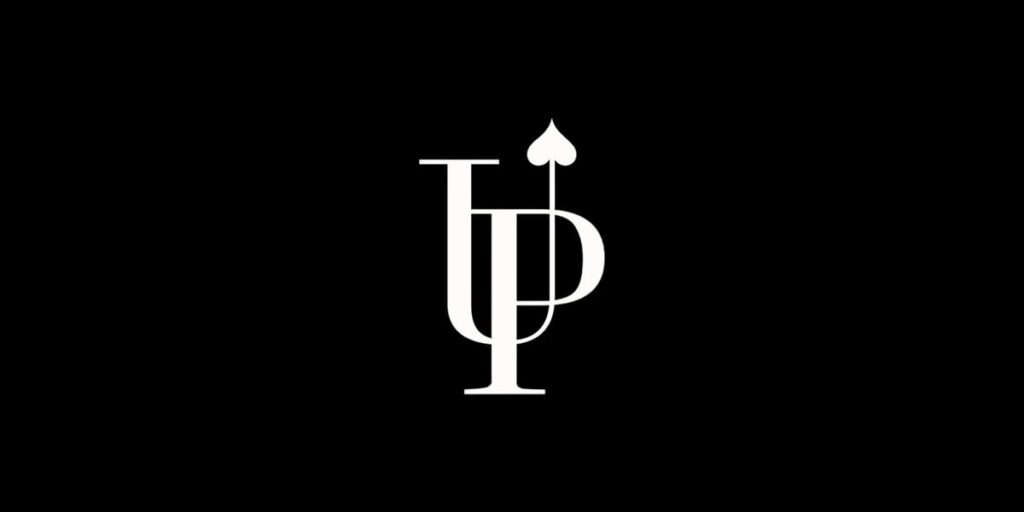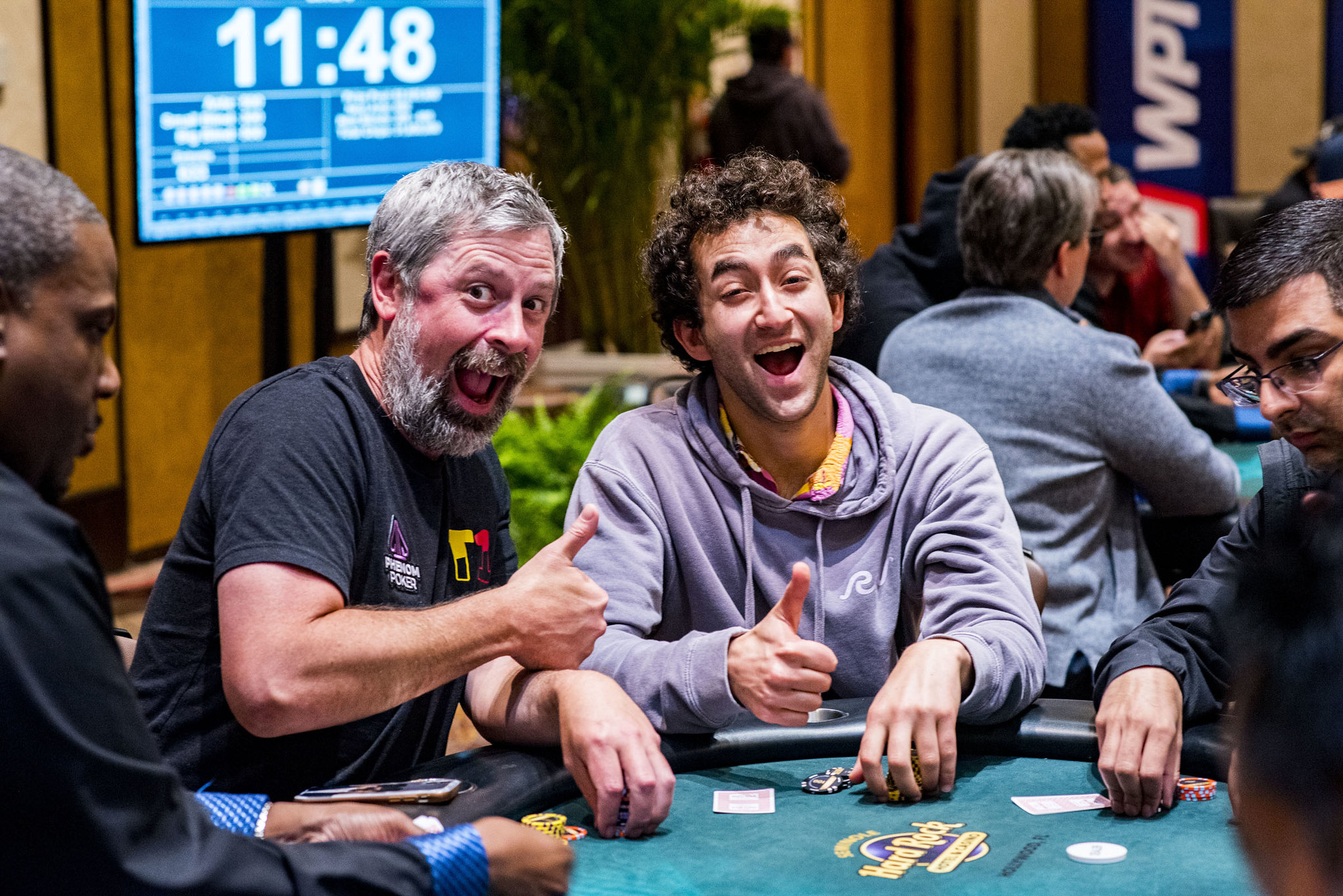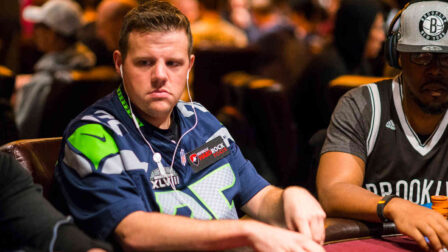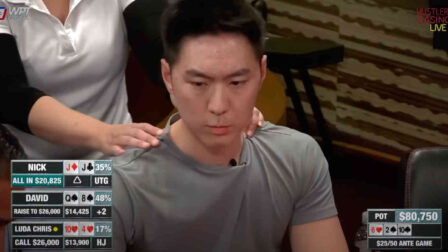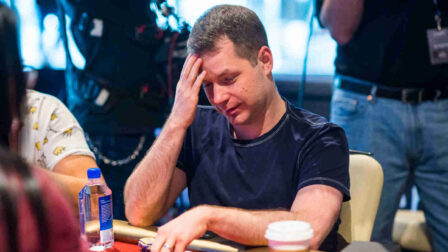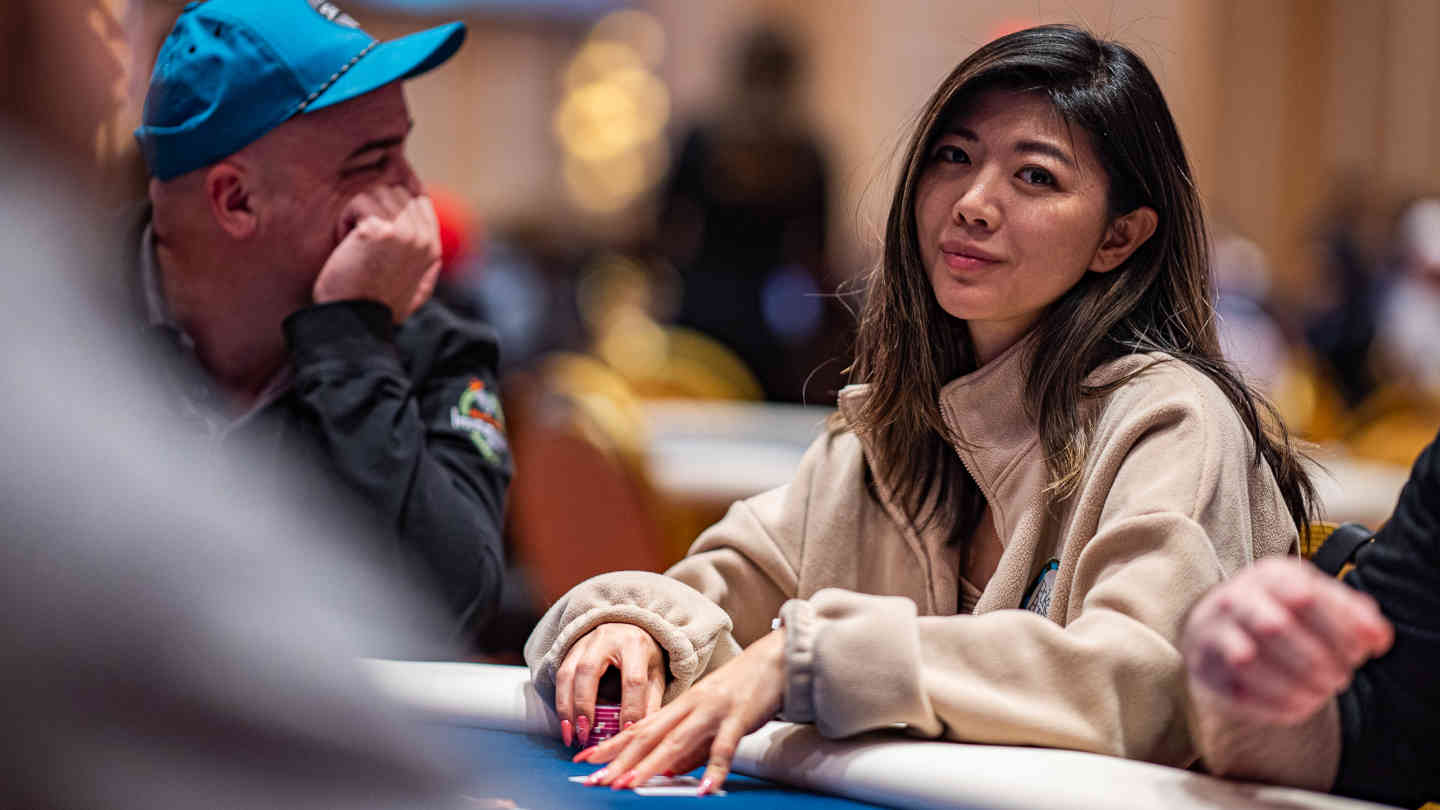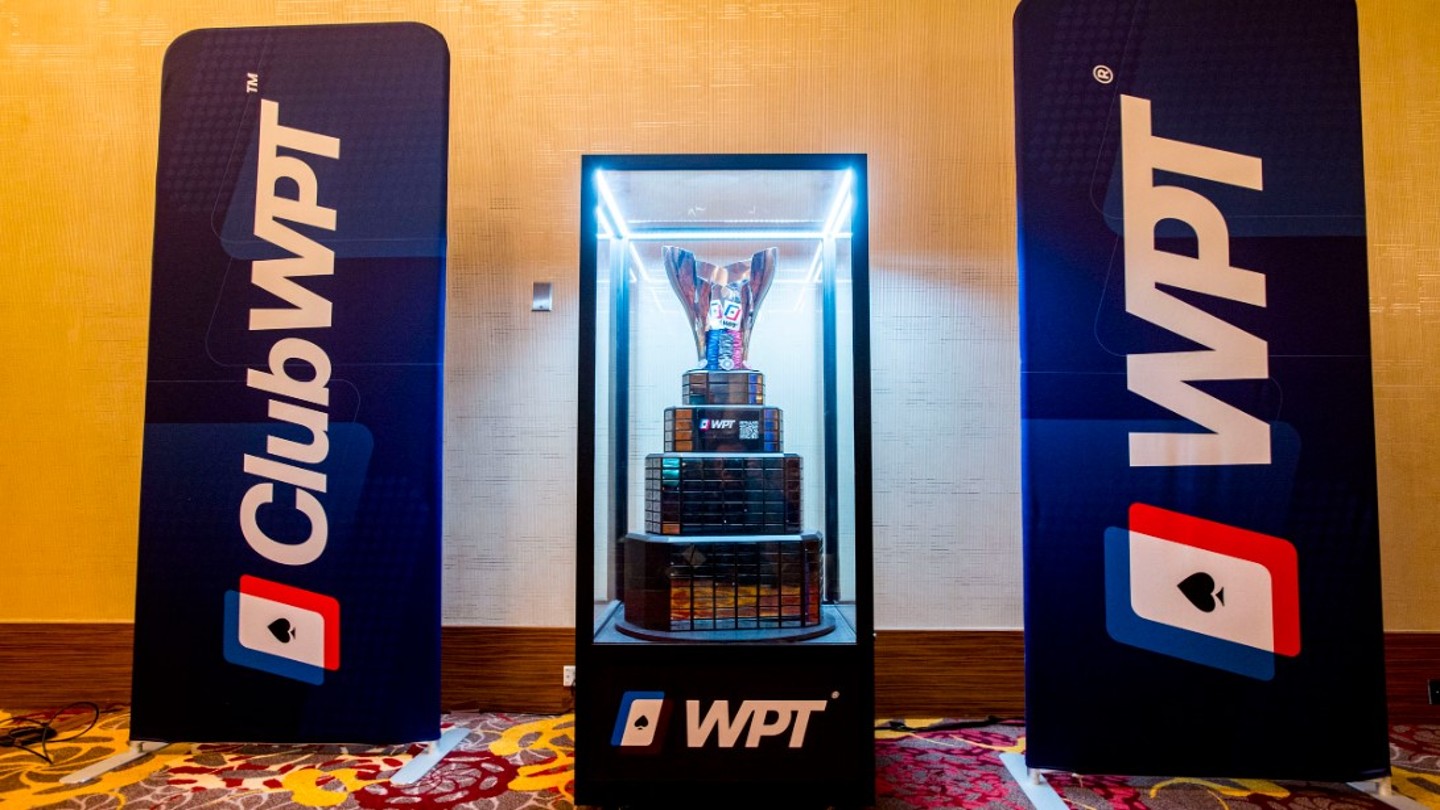Playing Busted Flush Draws on the River – Top Tips by Upswing Poker
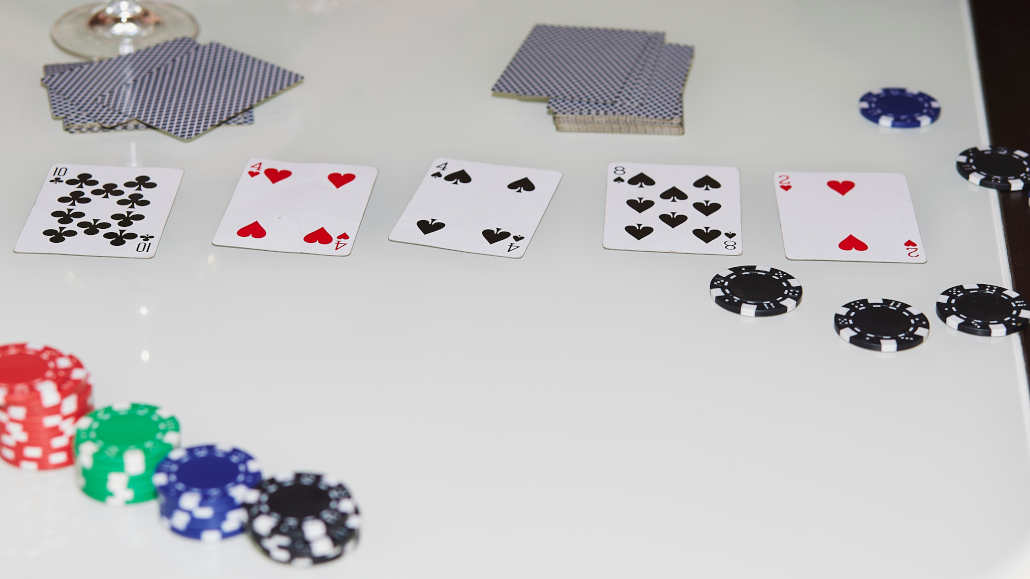
2 minutes
Last Updated: December 1, 2023
If you want to become the best poker player at the table, make sure to learn from the best and check upswingpoker.com
…
Every so often, you’ll end up bricking out on your flush draw on the river and find yourself holding a hand with very little showdown value.
What should you do in these scenarios? Should you bluff your busted flush draws on the river, and what spots are the most suitable for this play?
Avoid Dubious Spots
Flush draws make for great semi-bluffing hands on flops and turns. They have a lot of potential to turn into winning hands, and you benefit from the added fold equity of playing these hands aggressively.
But once you reach the river, things change.
You’ll often be in the spot where you have the worst blockers to bluff with. This means you hold one or two cards that you’d like your opponent to have, as that would improve the chances of making a successful bluff.
For example, you flop a flush draw with a hand like Q♠7♠ on a flop of K♠6♠5♥, bet out, and your opponent calls.
The turn comes J♦ and you bet once again – and they call again. The river bricks as it comes 2♦.
So, should you bluff here? Looking at it from the blockers perspective, you hold the key card (Q♠) that would potentially be in many of the hands that the opponent could have gotten with to the river but would fold to another bet.

With that in mind, you can expect your river bluff to get called fairly frequently, so this is definitely not the best spot to try and bluff with your busted flush draws.
Attack the Weakness
Contrary to the first situation, there is one fairly frequent scenario where bluffing on the river with a missed flush draw is an attractive option.
This is when you check-call on the flop and the action then checks through on the turn.
When you’re playing out of the position, for example defending from the big blind, and decide to go for the check-call line, your range will contain a fair number of hands with some showdown value. Thus, your river bluffs in these scenarios will have more credibility.
Let’s take the same example from the above, with the board reading K♠6♠5♥J♦2♦, you check-call the flop and the action checks through on the turn.
This is actually a very solid spot where you can go for a river bluff. In this scenario, your hand doesn’t block any of the ace-high hands that make up a large percentage of your opponent’s range and will fold a lot to a river bet.
As you can see, finding the fine balance between giving up and going for a bluff with your busted flush draws on the river isn’t always easy. Hopefully, some tips and advice contained in this article will help you develop a better understanding of these spots.
…
If you’d like to learn more about this topic and pick up some more useful tips for your games, definitely check out the Upswing Poker Lab.



